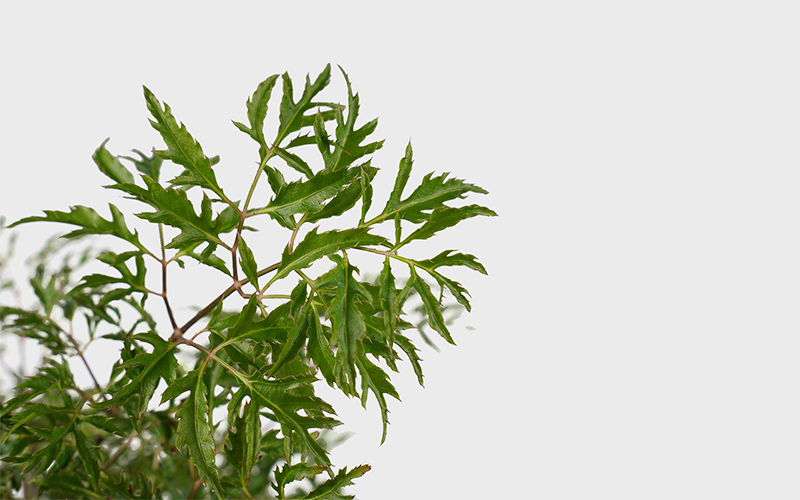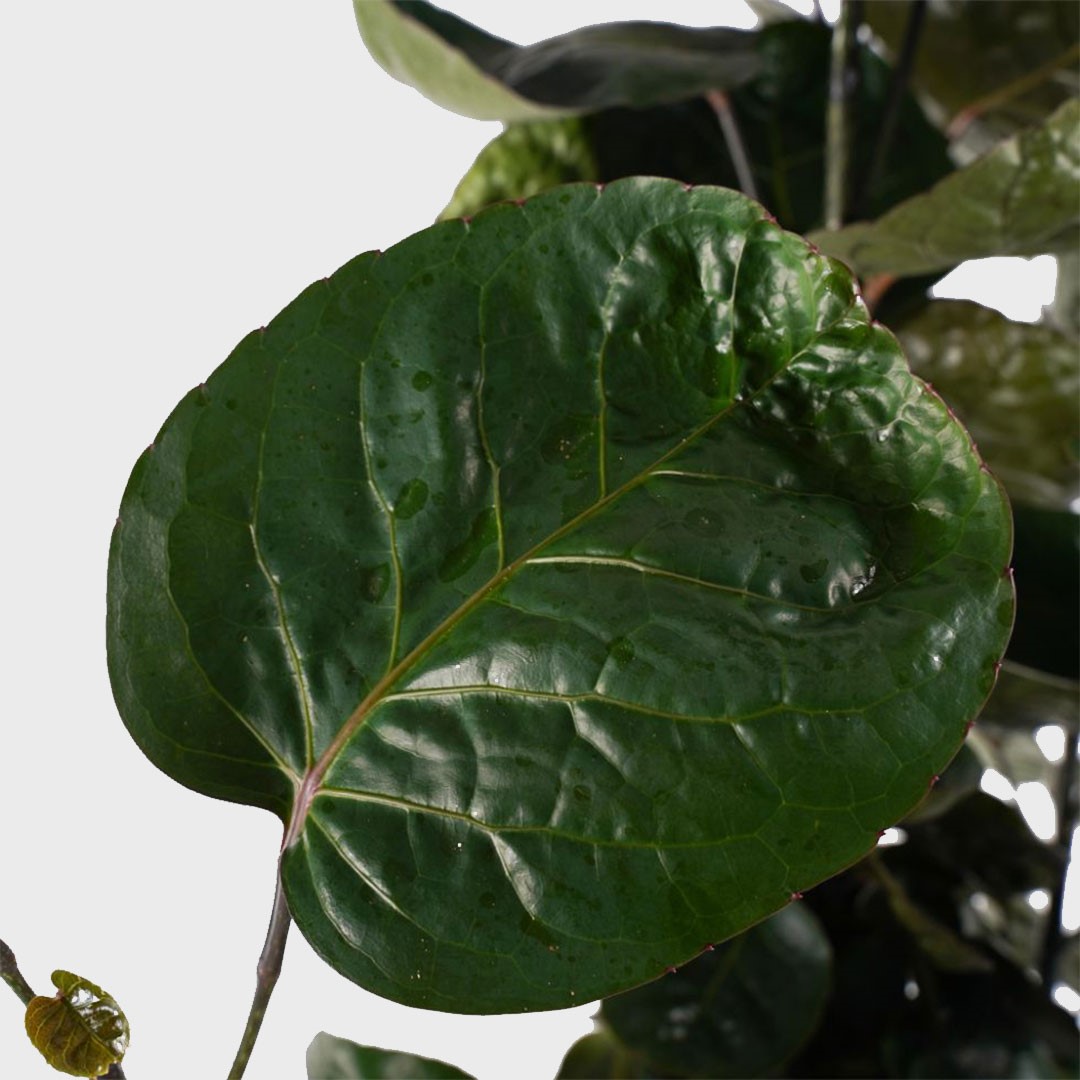
Deliver to
Europe
 English
English

A Polyscias is an indoor plant with the looks of a tree. The plant grows compact and upright. The Polyscias has an exotic look. In nature the Polyscias grows flowers of at least 7 cm. Although the Polyscias won’t flower indoors. This indoor plant grows slowly, but can reach up to around 180 centimeters (cm) in height when grown indoors.
Medium light
Water once a week
Toxic
Not air-purifying
The Polyscias likes to be placed in a spot with lots of light. It is best to place the plant in medium bright light. The Polyscias prefers a spot next to a window on the west or east. A spot near the south is of course also possible. Make sure that the plant is at least 2 metres away from the window. A spot near the north probably has too little light. If a Polyscias gets too little sunlight, the plant will lose its leaves. Whenever the Polyscias receives too much light, its leaves will be burned.
It is important to always keep the soil of the Polyscias slightly moist. You can check this with your finger in the soil. Never let the Polyscicas dry out. Not even in winter. It is best to water the Polyscias once a week all year round. In the winter it may be a smaller amount.
The Polyscias uses a lot of energy from spring onwards to make new leaves. As a result, the plant needs extra nutrients. You can provide these nutrients by means of plant nutrition. We recommend giving plant nutrition once every two weeks. From spring until autumn. After autumn and in winter it is better not to give extra nutrients. In the autumn, plant nutrition can actually be harmful for the Polyscias!
The most ideal temperature for a Polyscias plant, also known as Aralia, is typically between 15 to 24 degrees Celsius. It prefers a moderate temperature range and can tolerate slightly cooler conditions.
Pruning can be done for maintenance and shaping purposes. Occasional pruning helps remove dead or yellowed leaves, control the plant's size, and promote bushier growth. Trimming leggy or overly long branches can also help maintain a more compact and attractive shape.
The Polyscias is not excessively susceptible to diseases and pests. Should the plant still suffer from pests, then you can use pesticide. Although pesticide can mean the end of the plant. Therefore, be careful.

